
Ups Power Inverter 1500W 12v 24v Dc To Ac 110v 230v Pure Sine Wave Inverter With Charger Rep

Deye Solar Inverter Single Phase 3 Phase 5KW 8KW 10KW 12KW

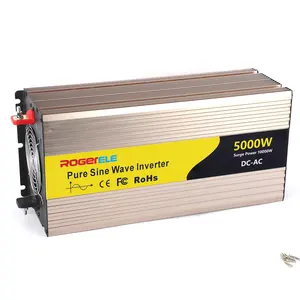
Factory Supply 12v 24v 48v 5000W Dc To Ac 110v 220 Volt Inverter Pure Sine Wave Solar Car Converters Off Grid Power Inverter

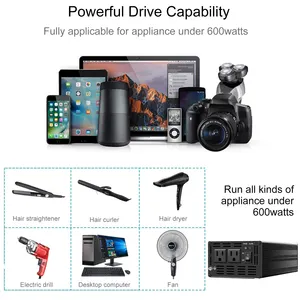
CNSWIPOWER Battery Power Inverters 500W 600W AC 12V To DC 120V Truck Car Inverter RV Supply Power Mini

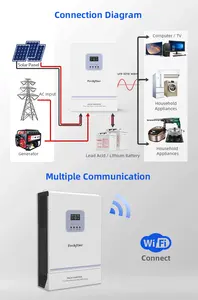
High Frequency Power Off Grid Solar 24v 3.6kw 3.6kva 220Vac 230Vac 110vac MPPT Pure Sine Wave Inverter

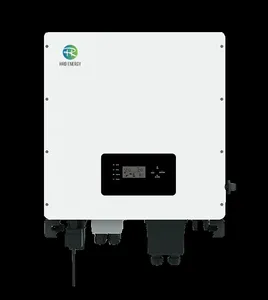
Inverter Hybrid Single Phase IP65 3.6kW 4.6kW 5kW 6kW DC/AC Solar Inverter


200W-8000W Inverter 12V 24V 48V Dc To Ac 110V 220V 230V 240V 1000W 2000W 3000W off grid inverter Pure Sine Wave power Inverter

300w 500w 600w 700w 900w 1000w power inverter 12v 220v dc to ac inverters

DC to AC 24v to 220v inverter power inverter pure sine wave 1000W 2000W 3000W 4000W 5000W
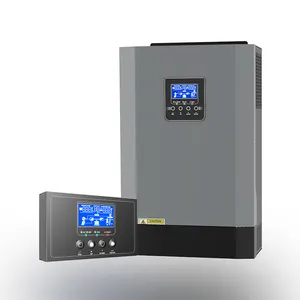
2023 High quality 5.5KVA Hybrid Inverters 48v inverter Lithium Solar Dc to ac inverter Mppt Home Energy Storage System

Dc to Ac Power Inverter 3000W Off Grid Customized Series Socket Solar Wave LCD Display Power Supply 3kw Inverter Black Single

Easun Power Factory 5000w 12v 24v 48v Dc To Ac 110v 230v Pure Sine Wave Inverter

12v 24v 48V 60V 72V DC to AC 110v 220v Pure Sine Wave Inverter 3000Watt 4000W 5000W 6000W 10KW power inverter

Pure Sine Wave Inverter 50Hz 60Hz 4000W 5000W 8000W DC 12V 24V To AC 220V inverter Power Converte Micror Car Voltage transforme

HOULI 12v to 220v Pure Sine Wave Inverter Dc To Ac 800W 1600W 2200W 24V 220V Inverter Conversor De 12V 110V Pura For Home

12V 24V 48V 60V 72V DC to AC 100V 110V 120Vac 230V 800W Modified Sine Wave Car Power Inverter Converter for home energy system
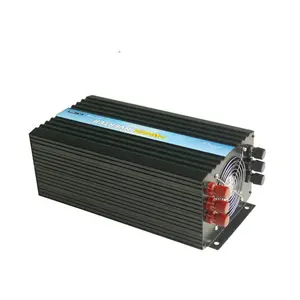
Ac single phase dc 12v 24v 48v 72v ac 120v 220v 3000va hybrid pure sine wave car power battery inverter

Manufacture inverter dc to ac 50Hz/60Hz 6000w 12000w pure sine wave inverter with multi protections for off grid inverter

300W 500W 600W 1500W Inverter 12v 220v Modified Sine Wave Solar Power Inverter Dc To Ac Car Inverter

DATOU BOSS 3000w Pure Sine Wave Inverter 3kva 12v 24v 36v 48v 72v 96v DC to 110V 120v 220V 230V AC with high quality
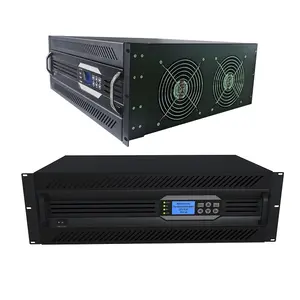
10KVA Large Power Dc Inverter Ac Rack Mount Pure Sine Wave Inverter 220VDC To 220VAC 6000 Watt Inverter
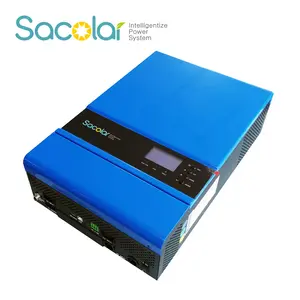
six units parallel larger production capacity DC to AC pure sine wave off grid high frequency inverter connect with battery
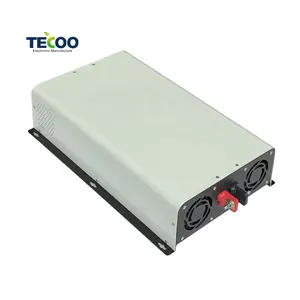
72V 48V 8000 Watt Pure Sine Wave Power Inverter DC to AC 100V/110V/120V/220V/230V/240V

12v 24v 48v dc to ac 110v 230v pure sine wave solar 3000 watt power inverter

Power Inverter 12v 24v 48v Dc To Ac 110v 230v Pure SineWave Solar 6000 Watt Power

New arrival pure Sine Wave Inverter 12V 24V 48V 72V 96V DC to 120V/230V/240V AC DC to AC power inverter 10000W 12000W

12v 24v 48V 60V 72V DC to AC 110v 220v Pure Sine Wave Inverter 1000Watt 1500W 2000W 2500W 3KW power inverter

OPIP-2000 inverter DC to AC 12V 24V to 110V 220V Pure sine wave 2000W solar inverter

BYGD DC TO AC 12v 220v 150W Power Inverter Car Rechargeable Power Inverter With 4*2.1A USB Ports inverter 150 watt
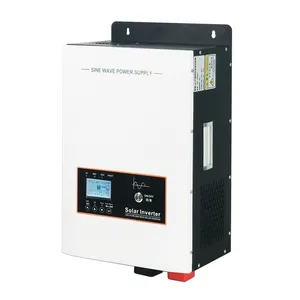
Inverter 48v 60v 72v 96v To 110v 220v Pure Sine Wave Off Grid Inverter 8000w 10000w 12kw Dc To Ac Power Solar Inverter

1500W price inverter dc/ac Off grid Pure sine wave solar power inverters converters DC 48V to AC 100V 110V 120V LED LCD

Inverter DC 12V 24V 48V to AC 220V Transformer Pure Sine Wave 2500W 3000W Power Converter Solar Inverter

High efficiency 72v dc to ac off grid inverter 8000w 12000w

Durable and affordable solar pure sine wave inverter 2kw 3kw4kw5kw DC to AC power inverter Car inverter

5kw 48V 72V 96V 110V 144V DC to AC 380V 400V 415V 460V 3-phase solar-wind hybrid inverter

Inverter 12V 220V 2000W DC 12V 24V 48V 60V 72V to AC 240V car power inverter 2KW convert with LCD displaying

3500W 5500W Next VICTOR NM III Off Grid Solar Inverter DC to AC Inverter Running Without Battery


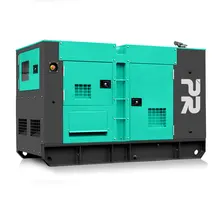
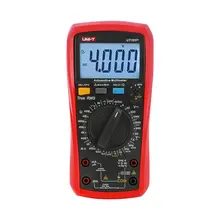

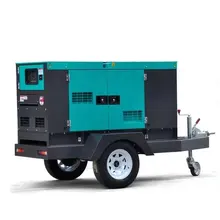
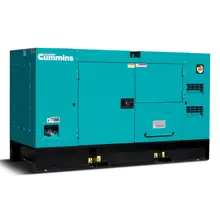

















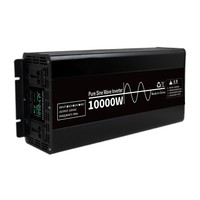








 浙公网安备 33010002000092号
浙公网安备 33010002000092号 浙B2-20120091-4
浙B2-20120091-4